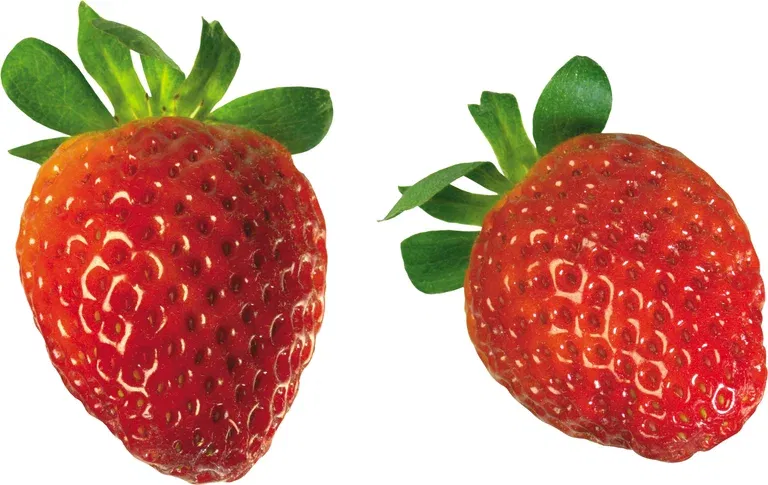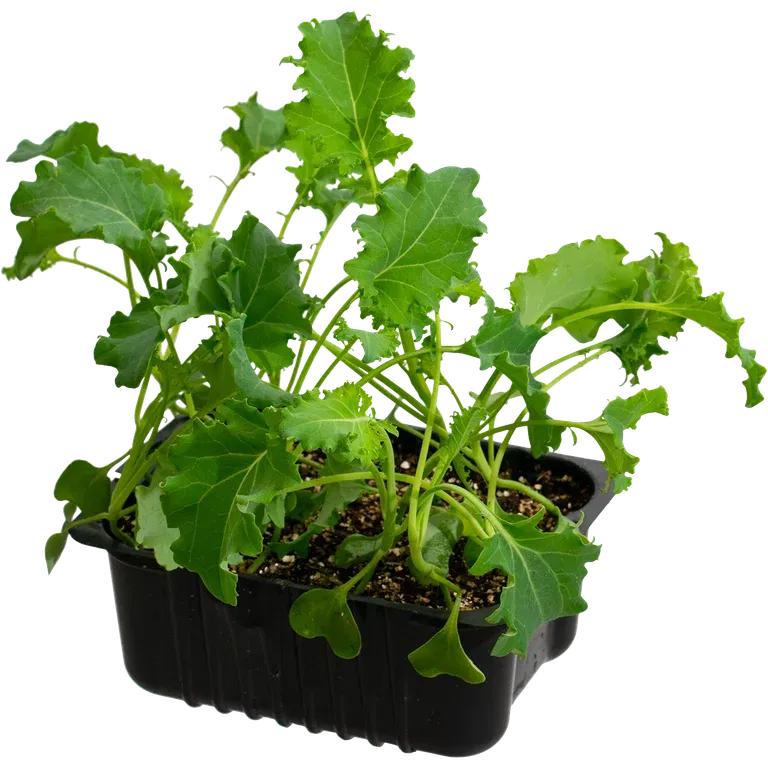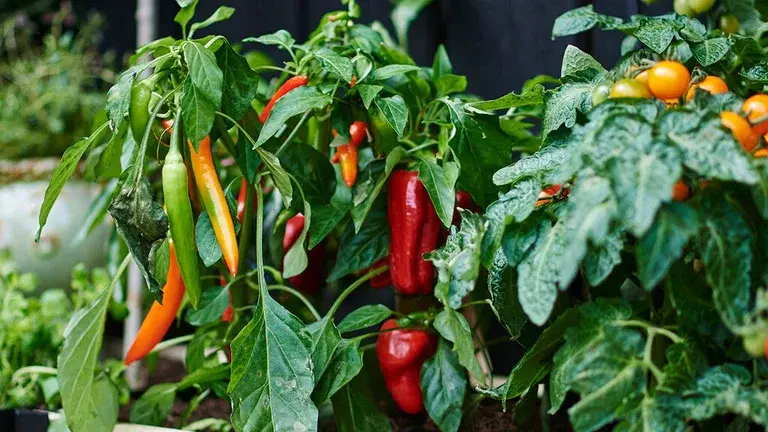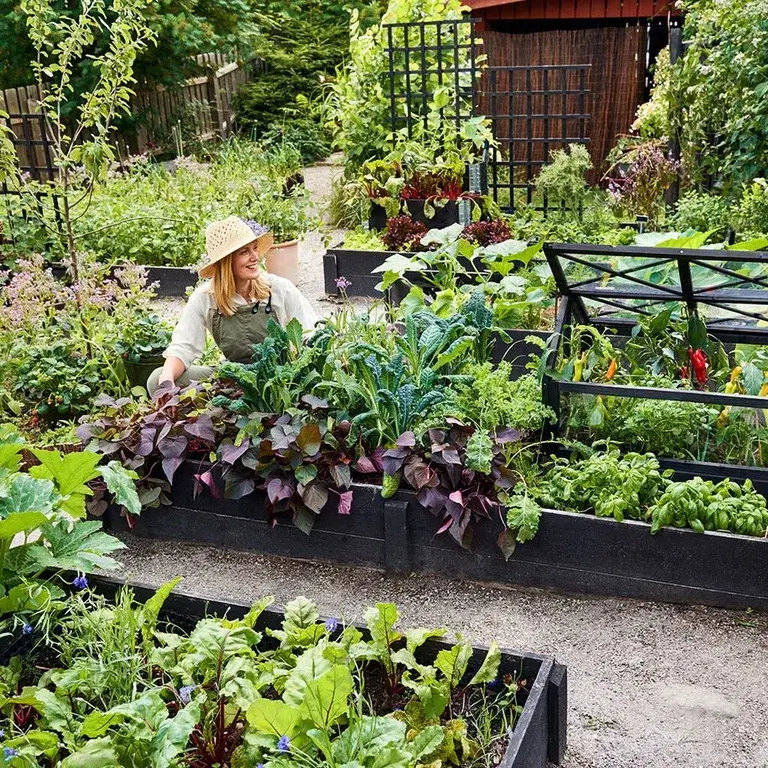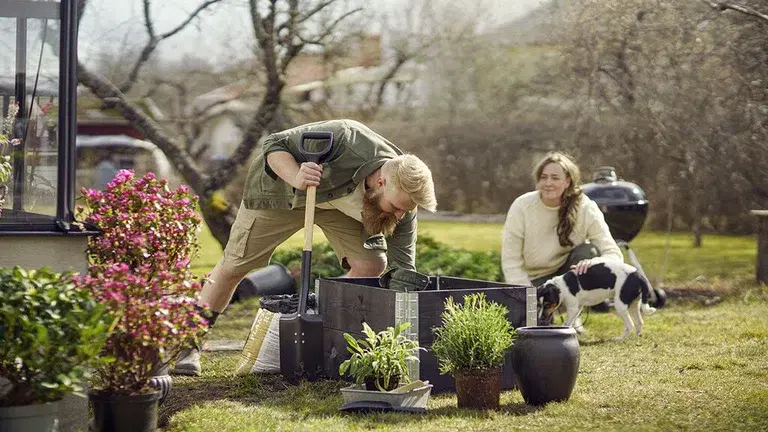Vegetable growing – How to succeed
Growing your own vegetables has become very popular, even in smaller spaces like balconies and terraces. There is a lot to choose from when it comes to vegetables from seeds. More and more varieties are now available as small plants, as well as fully grown plants with fruit already on them.

Growing in a kitchen garden, greenhouse, pallet collars, and buckets
In the past, people almost exclusively grew vegetables in vegetable gardens or greenhouses. Now, we are increasingly using buckets, plant boxes, and pots to grow our vegetables. Essentially, you can use anything with a certain size to grow in. It's also important that there are holes in the bottom so that excess water can drain out.
Soil, water and nutrition
Vegetables require a lot of water and nutrients for a good harvest. Lettuce tends to become bitter if it doesn't receive enough water. When growing in a pot or other container, the soil and nutrients need to be carefully managed. It's advisable to choose Debio-certified vegetable soil and fertilize with appropriate nutrients. Potatoes require deep planting to allow the tubers enough space to develop.
Popular vegetables that can be planted
- Lettuce
Plant in a larger pot and harvest after 2-3 weeks, allowing you to continue harvesting throughout the season. - Tomato
There are many varieties to choose from, such as bush, standard, or cherry tomatoes. Tomatoes require plenty of water, light, and nutrients. - Cucumber
Many cucumber varieties thrive best in greenhouses, but there are also varieties that can be grown outdoors in protected areas. - Squash
Very easy to grow and provides a bountiful harvest. - Chili
Available in many varieties, with both red and yellow fruits. - Potato
Always pre-sprout potatoes indoors before planting them in containers or directly in the vegetable garden.
Crop rotation
If you grow vegetables in the same vegetable garden, it's wise to think about crop rotation and change the placement of vegetables each year. This reduces the risk of diseases, pests, and soil depletion.
Tips for vegetable gardening
- Feel free to grow vertically. Let beans and peas climb on a trellis at the back to shield and create a sense of space. Plant colorful-stemmed Swiss chard in the front.
- You can cover the soil with garden fleece to warm it up earlier in the spring, allowing you to sow earlier. The fleece also protects against birds searching for seeds.
- Vegetables don’t have to be grown only for eating; many are also beautiful as decorations alongside summer flowers.
- Grow practically in a raised bed.
Read more:
You are here:



